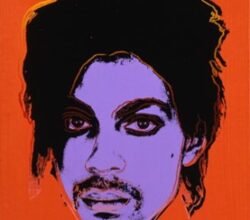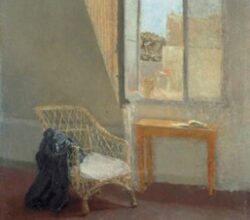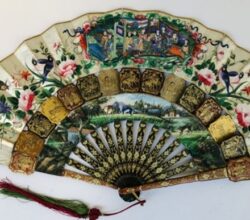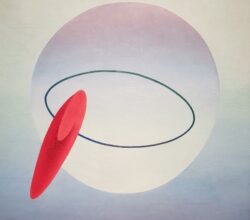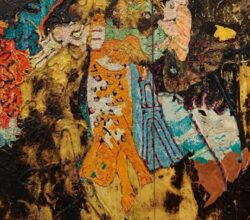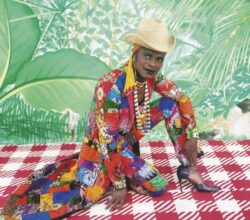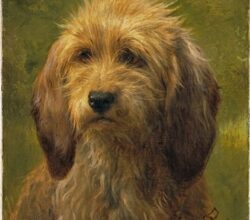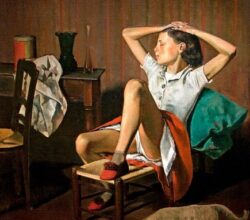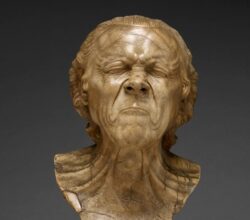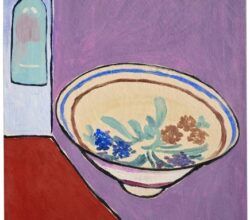
Centennial Celebration: Ellsworth Kelly’s Infinite Ideas
Samantha Friedman | MOMA | 17th May 2023
It was in postwar Paris that Kelly developed his style – simplified natural shapes painted in brilliant colours. At first, New York wasn’t swept away. After his first solo show he “felt embarrassed, I had to apologise for using bright colours”. Gradually though, these contemplative works – “pure” exercises in colour, line and shape – conquered all. His works were not about nature, he said, but rather “fragmented perceptions of things … to get at the rapture of seeing”.

